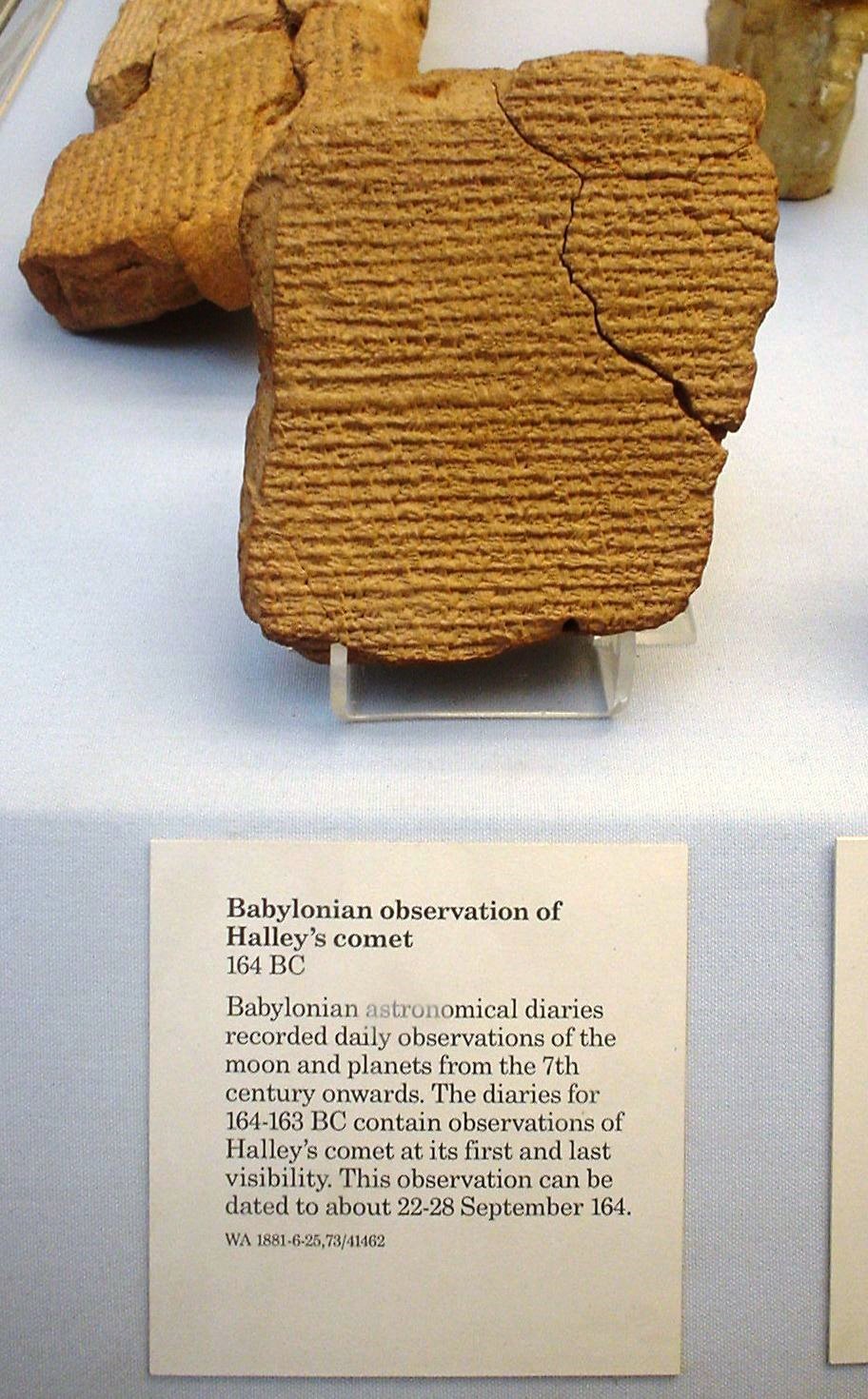|
Hydra (constellation)
Hydra is the largest of the 88 modern constellations, measuring 1303 square degrees, and also the longest at over 100 degrees. Its southern end borders Libra (constellation), Libra and Centaurus (constellation), Centaurus and its northern end borders Cancer (constellation), Cancer. It was included among the 48 constellations listed by the 2nd century astronomer Ptolemy. Commonly represented as a water snake (other), water snake, it straddles the celestial equator. History and mythology Western mythology The Greek constellation of Hydra is an adaptation of a Babylonian astronomy, Babylonian constellation: the MUL.APIN includes a "serpent" constellation (MUL.DINGIR.MUŠ) that loosely corresponds to Hydra. It is one of two Babylonian "serpent" constellations (the other being the origin of the Greek Serpens), a mythological hybrid of serpent, lion and bird. The shape of Hydra resembles a twisting snake, and features as such in some Greek myths. One myth associates it w ... [...More Info...] [...Related Items...] OR: [Wikipedia] [Google] [Baidu] |
Hydrus
Hydrus is a small constellation in the deep southern sky. It was one of twelve constellations created by Petrus Plancius from the observations of Pieter Dirkszoon Keyser and Frederick de Houtman and it first appeared on a 35-cm (14 in) diameter celestial globe published in late 1597 (or early 1598) in Amsterdam by Plancius and Jodocus Hondius. The first depiction of this constellation in a celestial atlas was in Johann Bayer's Uranometria of 1603. The French explorer and astronomer Nicolas Louis de Lacaille charted the brighter stars and gave their Bayer designations in 1756. Its name means "male water snake", as opposed to Hydra, a much larger constellation that represents a female water snake. It remains below the horizon for most Northern Hemisphere observers. The brightest star is the 2.8- magnitude Beta Hydri, also the closest reasonably bright star to the south celestial pole. Pulsating between magnitude 3.26 and 3.33, Gamma Hydri is a variable red giant 60 tim ... [...More Info...] [...Related Items...] OR: [Wikipedia] [Google] [Baidu] |
Sextans
Sextans is a minor equatorial constellation which was introduced in 1687 by Johannes Hevelius. Its name is Latin for the astronomical sextant, an instrument that Hevelius made frequent use of in his observations. Notable features Sextans as a constellation covers a rather dim, sparse region of the sky. It has only one star above the fifth magnitude, namely α Sextantis at 4.49m. The constellation contains a few double stars, including γ, 35, and 40 Sextantis. There are a few notable variable stars, including β, 25, 23 Sextantis, and LHS 292. NGC 3115, an edge-on lenticular galaxy, is the only noteworthy deep-sky object. It also lies near the ecliptic, which causes the Moon, and some of the planets to occasionally pass through it for brief periods of time. The constellation is the location of the field studied by the COSMOS project, undertaken by the Hubble Space Telescope. Sextans B is a fairly bright dwarf irregular galaxy at magnitude 6.6, 4.3 million light-years ... [...More Info...] [...Related Items...] OR: [Wikipedia] [Google] [Baidu] |
Snake
Snakes are elongated, limbless, carnivorous reptiles of the suborder Serpentes . Like all other squamates, snakes are ectothermic, amniote vertebrates covered in overlapping scales. Many species of snakes have skulls with several more joints than their lizard ancestors, enabling them to swallow prey much larger than their heads ( cranial kinesis). To accommodate their narrow bodies, snakes' paired organs (such as kidneys) appear one in front of the other instead of side by side, and most have only one functional lung. Some species retain a pelvic girdle with a pair of vestigial claws on either side of the cloaca. Lizards have evolved elongate bodies without limbs or with greatly reduced limbs about twenty-five times independently via convergent evolution, leading to many lineages of legless lizards. These resemble snakes, but several common groups of legless lizards have eyelids and external ears, which snakes lack, although this rule is not universal (see Amphisbae ... [...More Info...] [...Related Items...] OR: [Wikipedia] [Google] [Baidu] |
Mythological Hybrid
Hybrid beasts are creatures composed of parts from different animals, including humans, appearing in the folklore of a variety of cultures as legendary creatures. In burial sites Remains similar to those of mythological hybrids have been found in burial sites discovered by archaeologists. Known combinations include horse-cows, sheep-cows, and a six-legged sheep. The skeletons were formed by ancient peoples who joined together body parts from animal carcasses of different species. The practice is believed to have been done as an offering to their gods. Description These forms' motifs appear across cultures in many mythologies around the world. Such hybrids can be classified as partly human hybrids (such as mermaids or centaurs) or non-human hybrids combining two or more non-human animal species (such as the griffin or the chimera). Hybrids often originate as zoomorphic deities who, over time, are given an anthropomorphic aspect. Paleolithic Partly human hybrids appear in petro ... [...More Info...] [...Related Items...] OR: [Wikipedia] [Google] [Baidu] |
Serpens
Serpens ( grc, , , the Serpent) is a constellation in the northern celestial hemisphere. One of the 48 constellations listed by the 2nd-century astronomer Ptolemy, it remains one of the 88 modern constellations designated by the International Astronomical Union. It is unique among the modern constellations in being split into two non-contiguous parts, Serpens Caput (Serpent Head) to the west and Serpens Cauda (Serpent Tail) to the east. Between these two halves lies the constellation of Ophiuchus, the "Serpent-Bearer". In figurative representations, the body of the serpent is represented as passing behind Ophiuchus between Mu Serpentis in ''Serpens Caput'' and Nu Serpentis in ''Serpens Cauda''. The brightest star in Serpens is the red giant star Alpha Serpentis, or Unukalhai, in Serpens Caput, with an apparent magnitude of 2.63. Also located in Serpens Caput are the naked-eye globular cluster Messier 5 and the naked-eye variables R Serpentis and Tau4 Serpentis. Notable ... [...More Info...] [...Related Items...] OR: [Wikipedia] [Google] [Baidu] |
Babylonian Astronomy
Babylonian astronomy was the study or recording of celestial objects during the early history of Mesopotamia. Babylonian astronomy seemed to have focused on a select group of stars and constellations known as Ziqpu stars. These constellations may have been collected from various earlier sources. The earliest catalogue, ''Three Stars Each'', mentions stars of the Akkadian Empire, of Amurru, of Elam and others. A numbering system based on sixty was used, a sexagesimal system. This system simplified the calculating and recording of unusually great and small numbers. The modern practices of dividing a circle into 360 degrees, of 60 minutes each, began with the Sumerians. During the 8th and 7th centuries BC, Babylonian astronomers developed a new empirical approach to astronomy. They began studying and recording their belief system and philosophies dealing with an ideal nature of the universe and began employing an internal logic within their predictive planetary systems. T ... [...More Info...] [...Related Items...] OR: [Wikipedia] [Google] [Baidu] |
Sidney Hall - Urania's Mirror - Noctua, Corvus, Crater, Sextans Uraniæ, Hydra, Felis, Lupus, Centaurus, Antlia Pneumatica, Argo Navis, And Pyxis Nautica
Sidney may refer to: People * Sidney (surname), English surname * Sidney (given name), including a list of people with the given name * Sidney (footballer, born 1972), full name Sidney da Silva Souza, Brazilian football defensive midfielder * Sidney (footballer, born 1979), full name Sidney Santos de Brito, Brazilian football defender Characters *Sidney Prescott, main character from the ''Scream'' horror trilogy * Sidney (''Ice Age''), a ground sloth in the ''Ice Age'' film series * Sidney (''Pokémon''), a character of the ''Pokémon'' universe *Sidney, one of ''The Bash Street Kids'' * Sidney Jenkins, a character in the British teenage drama '' Skins'' *Sidney Hever, Edward's fireman from ''The Railway Series'' and the TV series '' Thomas and Friends'' *Sidney, a diesel engine from the TV series '' Thomas and Friends'' *Sidney Freedman, a recurring character in the TV series ''M*A*S*H'' Places Canada *Sidney, British Columbia * Sidney, Manitoba United Kingdom *Sidney Susse ... [...More Info...] [...Related Items...] OR: [Wikipedia] [Google] [Baidu] |
Water Snake (other)
Different snakes are called water snakes. "Water snake" is also sometimes used as a descriptive term for any snakes that spend a significant time in or near fresh water, such as any species belonging to the family Acrochordidae. They should not be confused with sea snakes, which live primarily or entirely in marine environments. Examples of snakes called water snakes include: *Family Boidae ** Green anaconda - Water boa *Family Colubridae ** ''Hydrodynastes'' species, including: ***''Hydrodynastes gigas'' – false water snake or Brazilian smooth snake ** ''Natrix natrix'' ** ''Natrix tessellata'' ** ''Nerodia'' species ** ''Opisthotropis'' species ** '' Sinonatrix'' species, including: *** '' Sinonatrix percarinatus'' – eastern water snake ** ''Fowlea'' species, including: *** ''Fowlea piscator'' – Asiatic water snake or chequered keelback *Family Dipsadidae ** ''Helicops'' (snake) species, including: *** ''Helicops angulatus'' – brown-banded water snake ** '' Liophis'' spe ... [...More Info...] [...Related Items...] OR: [Wikipedia] [Google] [Baidu] |
Ptolemy
Claudius Ptolemy (; grc-gre, Πτολεμαῖος, ; la, Claudius Ptolemaeus; AD) was a mathematician, astronomer, astrologer, geographer, and music theorist, who wrote about a dozen scientific treatises, three of which were of importance to later Byzantine, Islamic, and Western European science. The first is the astronomical treatise now known as the ''Almagest'', although it was originally entitled the ''Mathēmatikē Syntaxis'' or ''Mathematical Treatise'', and later known as ''The Greatest Treatise''. The second is the ''Geography'', which is a thorough discussion on maps and the geographic knowledge of the Greco-Roman world. The third is the astrological treatise in which he attempted to adapt horoscopic astrology to the Aristotelian natural philosophy of his day. This is sometimes known as the ''Apotelesmatika'' (lit. "On the Effects") but more commonly known as the '' Tetrábiblos'', from the Koine Greek meaning "Four Books", or by its Latin equivalent ''Qua ... [...More Info...] [...Related Items...] OR: [Wikipedia] [Google] [Baidu] |
Centaurus (constellation)
Centaurus is a bright constellation in the southern sky. One of the largest constellations, Centaurus was included among the 48 constellations listed by the 2nd-century astronomer Ptolemy, and it remains one of the 88 modern constellations. In Greek mythology, Centaurus represents a centaur; a creature that is half human, half horse (another constellation named after a centaur is one from the zodiac: Sagittarius). Notable stars include Alpha Centauri, the nearest star system to the Solar System, its neighbour in the sky Beta Centauri, and V766 Centauri, one of the largest stars yet discovered. The constellation also contains Omega Centauri, the brightest globular cluster as visible from Earth and the largest identified in the Milky Way, possibly a remnant of a dwarf galaxy. Notable features Stars Centaurus contains several very bright stars. Its alpha and beta stars are used as "pointer stars" to help observers find the constellation Crux. Centaurus has 281 stars above m ... [...More Info...] [...Related Items...] OR: [Wikipedia] [Google] [Baidu] |
Constellation
A constellation is an area on the celestial sphere in which a group of visible stars forms a perceived pattern or outline, typically representing an animal, mythological subject, or inanimate object. The origins of the earliest constellations likely go back to prehistory. People used them to relate stories of their beliefs, experiences, creation, or mythology. Different cultures and countries adopted their own constellations, some of which lasted into the early 20th century before today's constellations were internationally recognized. The recognition of constellations has changed significantly over time. Many changed in size or shape. Some became popular, only to drop into obscurity. Some were limited to a single culture or nation. The 48 traditional Western constellations are Greek. They are given in Aratus' work ''Phenomena'' and Ptolemy's ''Almagest'', though their origin probably predates these works by several centuries. Constellations in the far southern sky were ... [...More Info...] [...Related Items...] OR: [Wikipedia] [Google] [Baidu] |






.jpg)